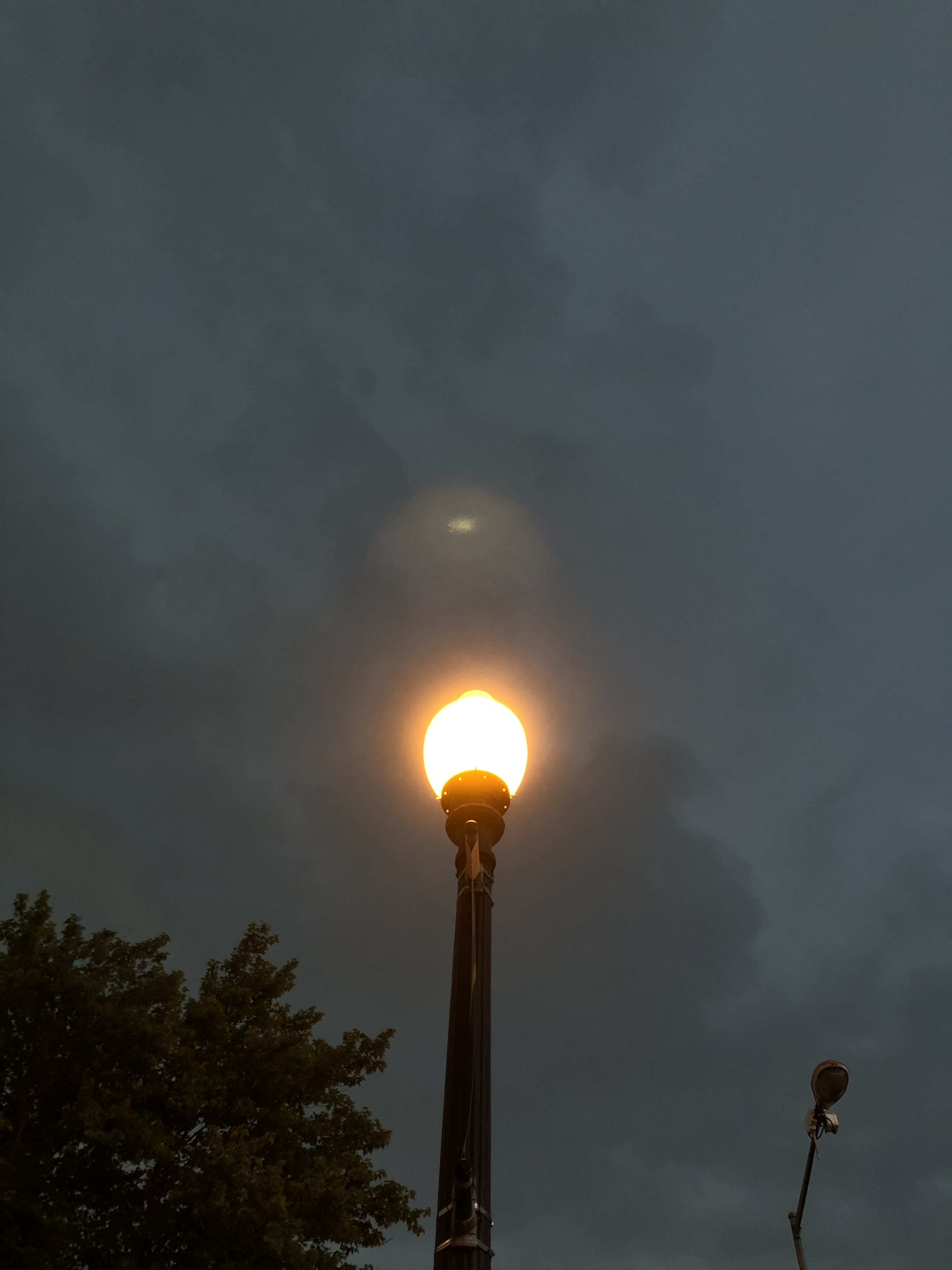As someone ever desirous of categorizing herself, allow me to introduce another category: misophonia. Sadly this is not a telephonic hotline leading to delicious soup. Instead, it is the hatred of sound.
Do you have misophonia? Here are some signs:
- Glaring at loved ones and strangers alike when they make ordinary human noises, and then they either go “what?” or smile at you like you’re just saying hi, when actually you’re hoping they’ll understand from your look that you’d like them to enter a magical cone of silence;
- Wanting to scream when people call using the speaker setting in public, especially when they for some reason decide to talk louder because of it, as though the phone can’t hear them even though they’re shouting directly into it;
- Feeling physically itchy when you can sort of hear the TV through the wall you share with your neighbor’s apartment, and walking down the hallway a few times before midnight to try to get up the courage to knock on the door, which seems less passive-aggressive than just knocking on the shared wall, but ultimately not doing either one and just sighing loudly to yourself;
- Nausea brought on by such daily occurrences as the scrape of a fork on someone’s tooth, the clank of plates going in or out of the cupboard, the rush of a car driving past, or that bizarre rumble that probably has something to do with construction but might be some kind of haunting;
- Whipping open the bedroom curtains at 6:32 every morning when the horrible neighbor BEEP-BEEPs their car unlocked and then remotely starts the ignition, then staring at the car as though it will stop it growling in idle for ten to fifteen horrible low-frequency, high-greenhouse-gas minutes until Their Majesty the neighbor sees fit to actually get out of their house and get in the damn thing, as though it’s so hard to just start the car when you’re in it like a normal person, my God;
- Passive-aggressive door closing when people dare to speak out loud in the hallway of the office (RIP);
- Etc.
This all sounds (no pun intended) fun, right?

There’s no cure for misophonia, probably partly because it’s not even really a medically recognized “thing.” The therapeutic advice comes in two flavors: (1) alter your environment to the extent you can, such as by investing in noise-cancelling headphones and using them to play nature sounds that drown out city sounds, and/or (2) practicing mindfulness.
I’ve done a lot more of the former than of the latter, even to the point that a coworker once taped a comic to my office door poking fun at my frequent use of giant headphones in the office. Well, maybe if you didn’t yell-laugh in the hallway, Kevin, you’d be able to see my ears more often, but here we are.
(And yes, I’m aware of the irony of trying to escape sensory overstimulation by engaging my senses constantly. I have invited myself to kick this habit, and I have not yet done it. Perhaps someday. For the moment, yes, I’d rather listen to a song or podcast I chose than traffic noise I didn’t.)
Something I’m much less adept at is the mindfulness part. As anyone who’s ever struggled to meditate can attest, it’s hard. And avoiding mindfulness is, frankly, pretty fun for my ego: I suspect that part of my misophonia is the rather self-important desire to be unaffected by the world, the desire to be completely unbothered and at peace. Tough luck, says the world, you’re here with all of us, and you ain’t special.
Hm. Fair enough, I guess.
But here’s the thing: noise isn’t just something that I happen to dislike, the way I dislike Swiss chard but am totally fine with everyone else charding it up to their hearts’ content. It provokes in me an actual physical stress response, sort of like what I imagine an acrophobic person feels on top of a ladder.
And it’s not just me! No: noise pollution, like air pollution and water pollution, is an actual public-health and environmental hazard. According to a recent New Yorker article:
Studies have shown that people who live or work in loud environments are particularly susceptible to many alarming problems, including heart disease, high blood pressure, low birth weight, and all the physical, cognitive, and emotional issues that arise from being too distracted to focus on complex tasks and from never getting enough sleep. And the noise that we produce doesn’t harm only us. Scientists have begun to document the effects of human-generated sound on non-humans—effects that can be as devastating as those of more tangible forms of ecological desecration. Les Blomberg, the founder and executive director of the Noise Pollution Clearinghouse, based in Montpelier, Vermont, told me, “What we’re doing to our soundscape is littering it. It’s aural litter—acoustical litter—and, if you could see what you hear, it would look like piles and piles of McDonald’s wrappers, just thrown out the window as we go driving down the road.”
https://www.newyorker.com/magazine/2019/05/13/is-noise-pollution-the-next-big-public-health-crisis
As is true with all kinds of pollution, those with the most privilege are best able to avoid the nuisance. Those without privilege are forced to suffer.
If you don’t have the money to go to The Hamptons, or the Catskills, or have a car, or anything like that, then, you can’t escape it. You’re stuck with it, and a lot of research has shown, it’s the people that are stuck with it that are affected the most. Unfortunately, that makes for a lot of poor, a lot of minority neighborhoods [in New York City] that are dealing with the most noise, and they’re the ones that can’t leave.
Paige Towers, https://www.20k.org/episodes/citythatneversleeps
So think of me and those like me, those of us glaring at you and putting our hands to our ears like children on the platform when the train screams to a stop—think of us as the canaries in this noisy coal mine. You’re all stressed too, on a cellular level. You’re just not aware of it. Or you weren’t before, but now you are, because I’m staring at you and hoping that you’ll consider closing your mouth while you eat that carrot, and that car manufacturers will decide to stop making cars that honk other than in danger.
You’re welcome.







